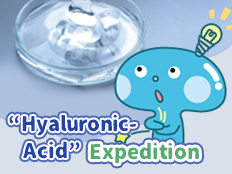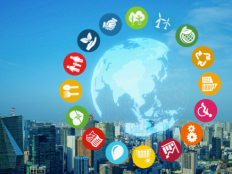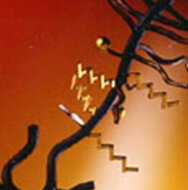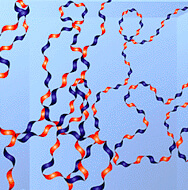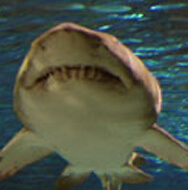Recently, the term "glucide" is often seen in food commercials and packages, but I only remember seeing the term "carbohydrate" in high school textbooks. What are the differences?
They have the same meaning in general, but are sometimes used with discrimination.
Glucide is a generic term for a compound composed of carbon and water. Its composition is represented by Cm(H2O)n. It is the most abundant organic compound on earth, and is sometimes referred to as "carbohydrate" because it is a compound composed of carbon and water (hydro). In "Standard Tables of Food Composition in Japan" (Science and Technology Agency , Resources Council), carbohydrates are, depending on whether or not they are digested and absorbed in the body, classified into glucide (can be digested and absorbed) and dietary fiber (cannot be digested and absorbed). The reason the term "glucide" is preferentially used in food commercials and packages is to consciously discriminate it from dietary fiber; i.e.,to limit the term to substances that will be converted into energy (digested and absorbed) in the body.
To make matters more complicated, such definition of glucides is strictly speaking incorrect. Glucides are generally classified into monosaccharides, oligosaccharides, and polysaccharides according to their molecular size. Recently in the scientific world, however, the term glucide includes compounds to which proteins and lipids are bound to the sugar, so it does not necessarily fit the definition of the composition described earlier. Such compounds are referred to as "complex glucides" to be precise, and are distinguished from "sugar." Please note that "glucide" and "sugar" are not equivalent.
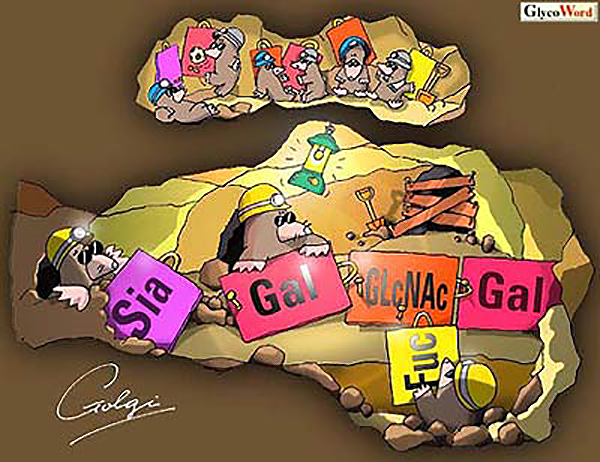
I now understand the specific meanings of "glucide" and "carbohydrate." What is the role of glucides within an organism?
Glucides are best known as a source of energy.
For example, rice and potato contain starch, milk contains lactose, and sugarcane contains sucrose. All of these are enzymatically broken down in the mouth, stomach, and small intestine, ultimately into monosaccharides. A detailed description can be seen in Part 3: "The most accessible source of energy," focusing on the relationship between the brain and sucrose, but simply stated, glucides play a role in an organism that corresponds to gasoline for a car.
Another important role of glucides is the function to protect an organism. Famous examples of this are cellulose ,which is the main component of plant cell walls, and chitin, which is the main component of the insect external skeleton. There exists a substance called hyaluronic acid in the extracellular matrix of vertebrates, which plays the same role as cellulose and chitin to protect the cell from losing too much water. A detailed description can be seen in Part 4: "Protector of multifunctional cells."
Glucides are best known for the two roles described above. In actuality, however, they do much more.
It has become more and more clear from the accumulation of recent research results that sugars constituting glucides (a number of sugars are typically linked together, forming sugar chains) have numerous essential functions that are associated with the foundations of life.
Some topics will be introduced in later columns. Here, the depth of sugar chains is described using one example for which an association with a disease has been discovered. It is a disorder that you all know well, chronic rheumatoid arthritis.
In fact, the precise cause of chronic rheumatoid arthritis has not yet been discovered. Various theories exist, including one that holds that it is a kind of autoimmune disease. According to this theory, in the body of a chronic rheumatoid arthritis patient, an antibody (called rheumatoid factor) against the patient's antibody (in this case immunoglobulin G; IgG) is expressed and this attacks the patient's body. Why are antibodies that bind to the patient's own antibody expressed? The secret lies in the abnormalities in sugar chains that constitute IgG.
IgG is a type of glycoprotein that is a sugar chain bound to particular amino acids. In the IgG sugar chain of chronic rheumatoid arthritis, it was found that a significant amount of galactose that should be at the end is mutated into another sugar. Thus, the IgG of a chronic rheumatoid arthritis patient is taken to be a foreign object, and rheumatoid factors are produced. Chronic rheumatoid arthritis may be a disease caused merely by a single change of sugar in the sugar chain.
Specialists often refer to sugar chains as the "face of a cell." The surfaces of cells are covered with sugar chains, and different cell types have different sugar chain patterns. That is, sugar chains act to generate the identity and diversity of cells. It is now known that sugar chains take part in essential processes such as development, cell proliferation, immunity, as well as cancer and viral infection. When we think of life phenomenon mechanisms we tend to think only of genes and proteins. Only after the functions of sugar chains are elucidated, however, can we for the first time have a true glimpse of the mysterious phenomena of life.


